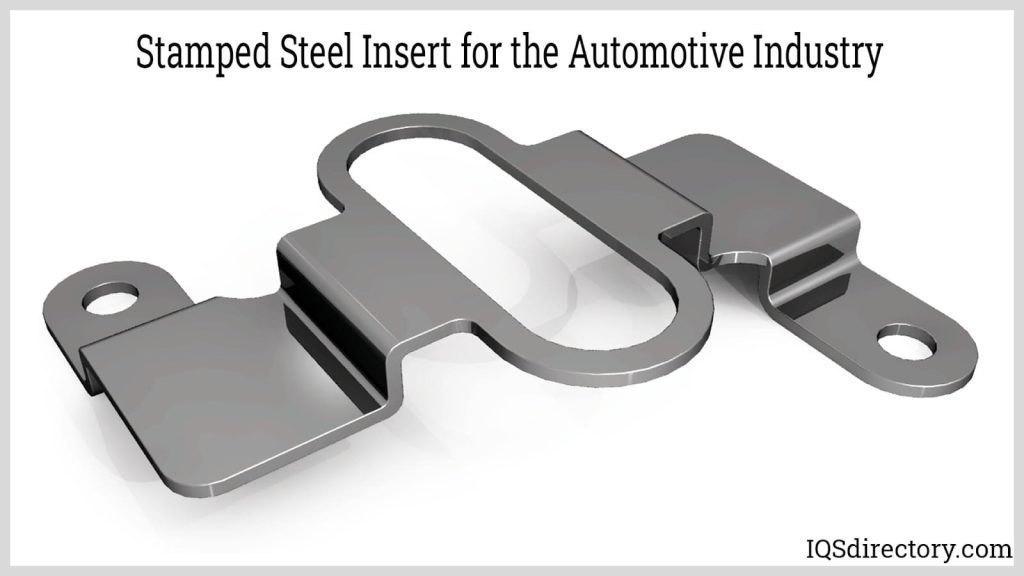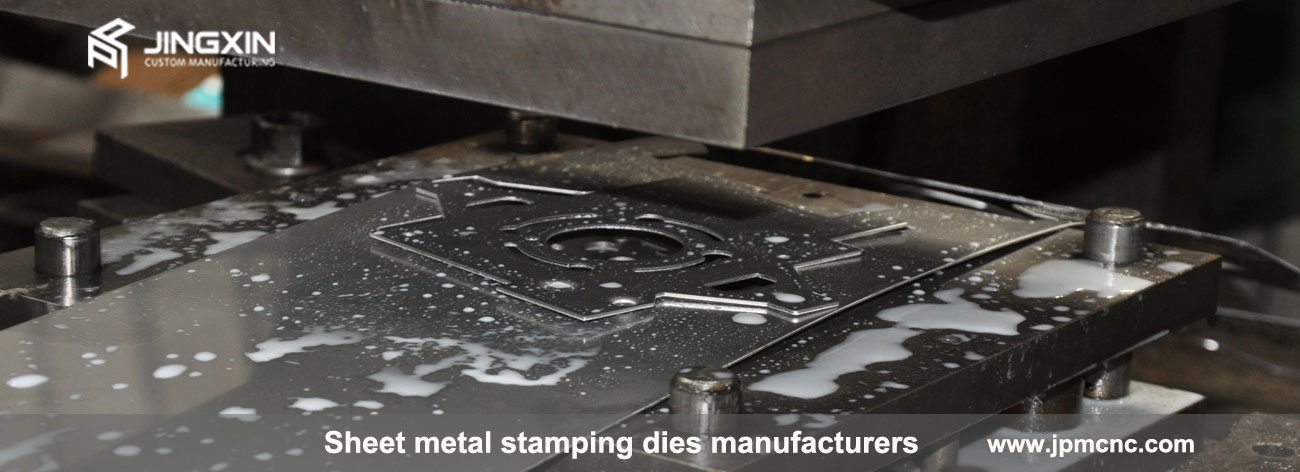Within the dynamic spheres of contemporary engineering and industry, hydraulic systems wield extensive influence across a myriad of applications. Leveraging fluid power to generate, control, and transmit force, these systems redefine efficiency and versatility across diverse sectors. Let’s delve into the expansive domain of hydraulics, exploring its applications, advantages, and the pivotal role of geogrid in bolstering its functionalities.

Understanding Hydraulic Systems
Hydraulic systems employ liquid to transmit force, consisting of a hydraulic fluid reservoir, a pump to pressurize the fluid, and actuators such as cylinders or motors. Pressurized fluid within the system generates force capable of lifting heavy loads, moving machinery, or executing various functions.
Applications Across Industries
Hydraulic systems find application across diverse sectors. In construction, they power heavy machinery like excavators and cranes, facilitating precise movements and immense lifting capacities. Automotive industries utilize hydraulics in braking systems and power steering, ensuring safety and control. Moreover, they are crucial in aerospace, agriculture, and manufacturing sectors for various specialized tasks.
Advantages of Hydraulic Systems
A standout advantage of hydraulic systems is their ability to generate immense force with relatively compact components. They offer precise control, and high power density, and can operate in diverse environmental conditions. Their flexibility in transmitting power over long distances without a significant loss in force makes them ideal for numerous applications.
Geogrid’s Role in Enhancing Hydraulic Systems
Geogrid, a geosynthetic material composed of polymers or other materials, reinforces soil and enhances its load-bearing capacity. In hydraulic engineering, geogrid is used to stabilize soil in various applications, such as retaining walls, embankments, and slope reinforcement. By reinforcing the soil structure, geogrid aids in the construction of stable foundations for hydraulic structures, ensuring their longevity and durability.

Relevant Applications:
Hydraulic systems play a pivotal role in the functioning of heavy machinery, including cranes, forklifts, and bulldozers. The power hydraulic presses used in manufacturing processes, enable precise control in flight simulators and even operate the mechanisms in amusement park rides. Geogrid, on the other hand, finds its niche in civil engineering, reinforcing soil for roads, railways, and hydraulic structures like dams and levees.
Hydraulic systems continue to shape the modern world by providing unparalleled power and precision in various industries. The integration of geogrid further strengthens these systems, ensuring stability and reliability in critical hydraulic applications, and making them indispensable in today’s engineering landscape.


